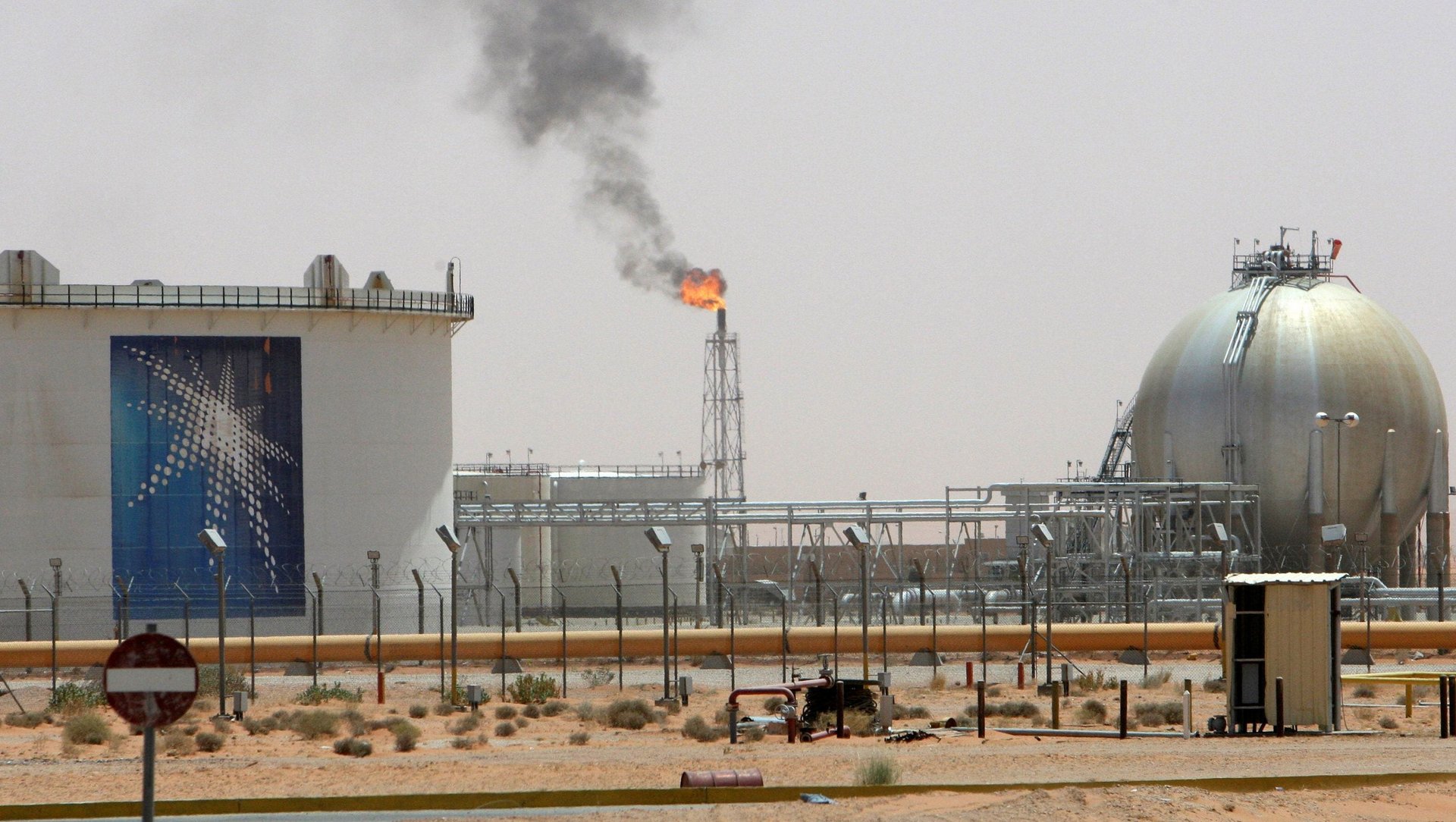Saudi Arabia’s threat to hit the US economy would have been a lot scarier 15 years ago
Following Donald Trump saying yesterday (Oct. 13) there could be “severe punishment” for Saudi Arabia if officials were involved in the death of journalist Jamal Khashoggi, the Saudi government has threatened to retaliate.


Following Donald Trump saying yesterday (Oct. 13) there could be “severe punishment” for Saudi Arabia if officials were involved in the death of journalist Jamal Khashoggi, the Saudi government has threatened to retaliate.
A statement attributed only to an “official source,” distributed by the Saudi government, said it rejects “any threats and attempts to undermine it, whether by threatening to impose economic sanctions, using political pressures, or repeating false accusations.” The government has denied it played any role in Khashoggi’s disappearance after the frequent critic of Saudi crown prince Mohammed bin Salman disappeared in a Saudi consulate in Turkey. Turkish officials say Khashoggi has been murdered.
The Saudi statement added:
The Kingdom also affirms that if it receives any action, it will respond with greater action, and that the Kingdom’s economy has an influential and vital role in the global economy and that the Kingdom’s economy is affected only by the impact of the global economy.
Saudi government (and hence royal family) money flows into many American companies—including Silicon Valley startups that have become household names—and bolsters the bottom line for Washington, DC think tanks and US universities. It has also been a big boost to Trump at times, including when his business empire crumbled in the 1990s and prince Alwaleed bin Talal purchased a yacht and part of Trump’s stake in the Plaza Hotel.
But traditionally the biggest clout Saudi Arabia has in the global economy is its oil production. And in that aspect, the US is much less reliant on Saudi Arabia now than it has been in decades.
The amount of oil the US imports from Saudi Arabia has dropped significantly since the turn of the century, as fracking increased domestic oil and gas production, and renewable energy use expanded. The US imported just 27 million barrels of Saudi crude in July, down from 59 million barrels in July 2003.
Less than 40% of the US’s overall energy was sourced from petroleum in 2017, far below what projected estimates were in 2000 (pdf, p. xviii), thanks in part to an increase from renewable-energy sources like wind and solar. Of the US’s annual petroleum imports, Saudi Arabia supplied just 11.9% in 2017.
Canada is the US’s largest supplier, with 43% of US imports. As recently as 2003, Saudi Arabia was the US’s largest supplier, but Canada’s embrace of oil sands technology helped the country increase production.